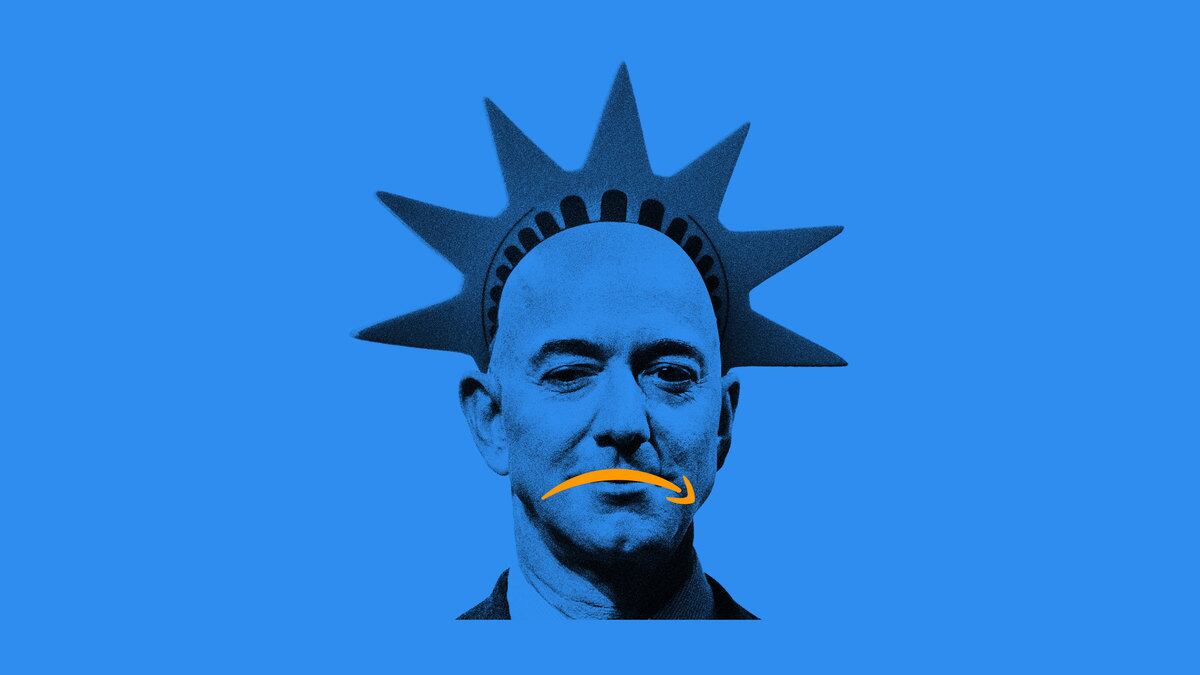Crime & Justice
Photo Illustration by Elizabeth Brockway/The Daily Beast/Getty
Amazon Workers Claim Historic Union Win in Big Blow to Bezos
PRIME POSITION
The retail behemoth has long been successful in beating back union organizing. This time is different.

Trending Now





